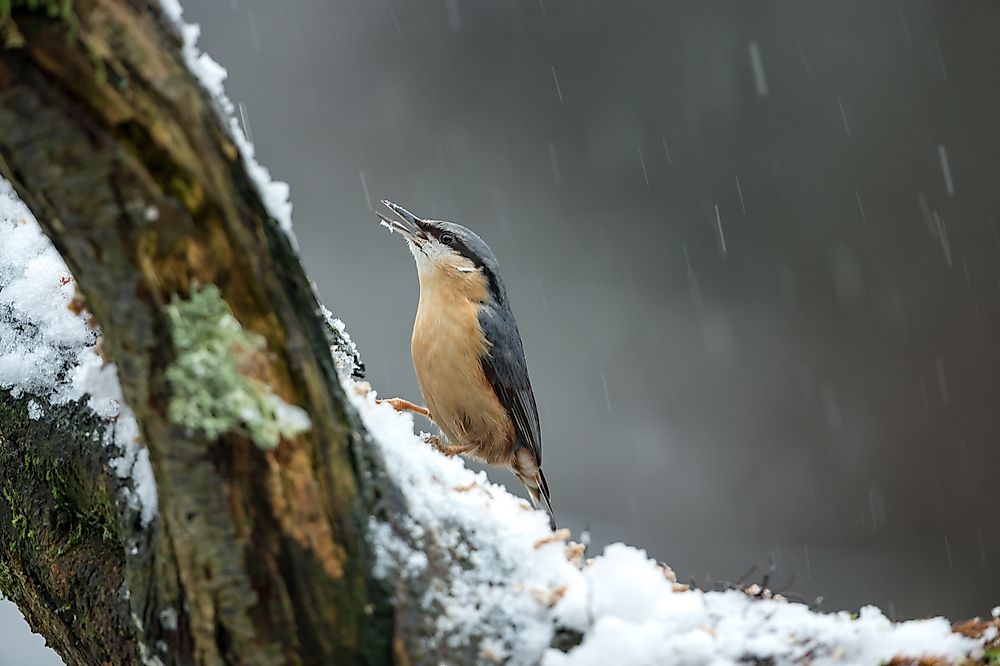What is Sleet?

Sleet is a regionally differentiating term referring to two main forms of precipitation. In the UK and other Commonwealth countries, sleet is referred to as snow that partly melts as it falls while in the US it is classified as one of the three winter weather phenomena. Nevertheless, sleet is precipitation occurring during wintertime. It is synonymous to rain or melted snow that chills into ice before reaching the Earth’s surface. In most instances, sleet is confused with the other wintry mixes of snow and freezing rain. The three are formed through a similar process but reach the Earth’s surface in different forms. Depending on the intensity and duration, sleet accumulates on the ground at a depth of one and a half inches.
Formation of Sleet
The atmosphere is made up of five major layers. The troposphere is the bottom layer and closest to the ground. It is thickest at the equator at 12 miles and thinner at the poles at 4 miles. Temperatures on the Earth’s surface determine the type of precipitation to be formed with the troposphere acting as the layer where precipitation will form. This phenomenon explains the general rule where the higher you go in the atmosphere, the cooler it becomes. When temperatures are low, precipitation forms in the clouds like raindrops or snowflakes. As the snowflakes or raindrops fall to the ground, they moves through a warmer zone above the freezing layer. The warm layer causes the snowflakes to melt. Then they move through a colder layer, which is below the freezing point, causing the melted snowflake or raindrop to freeze. As it reaches the ground, it is already frozen and measuring 0.2 inches. This is smaller than hail.
Sleet is often confused as freezing rain which goes through a similar formation process but freezes upon reaching a cold surface. Unlike freezing rain which is forced by gravity to run over an object before freezing, sleet reaches the ground when already frozen hence covering objects including trees, roads, and sidewalks. Since sleet falls in the form of ice pellets, it is easy to identify it due to the striking sound of objects as it comes down.
Effects of Sleet
Sleet normally falls during winter and is known to cause slick pass ways particularly near flyovers, bridges, and passageways due to the surrounding cold air. They pose a major threat on the roads and can cause fatal accidents especially where motorists fail to slow down and increase their driving distance. Accumulation of sleet leads to additional weight to power lines and tree branches causing them to breakdown resulting in a power outage. If sleet storms accompanied by strong winds become prevalent over long durations, it may lead to the closure of schools and businesses due to obstructed pass ways and power outages.
Albeit being a common phenomenon, it is important to remain cautious during winter because precipitation can cause hazardous conditions. Motorists should be vigilant to stay away from areas likely to be affected by gushes of sleet, freezing rain, and ice storms.











